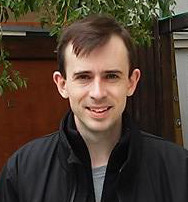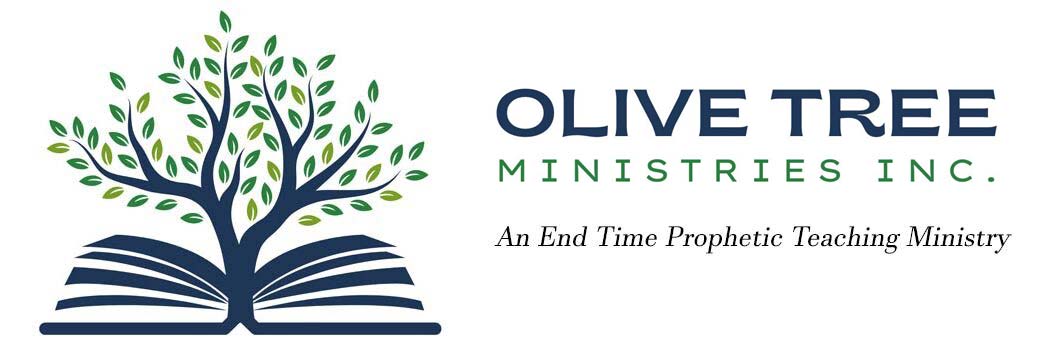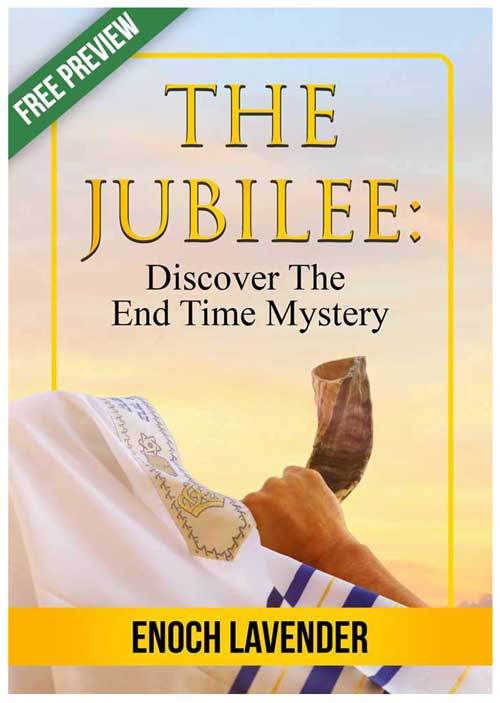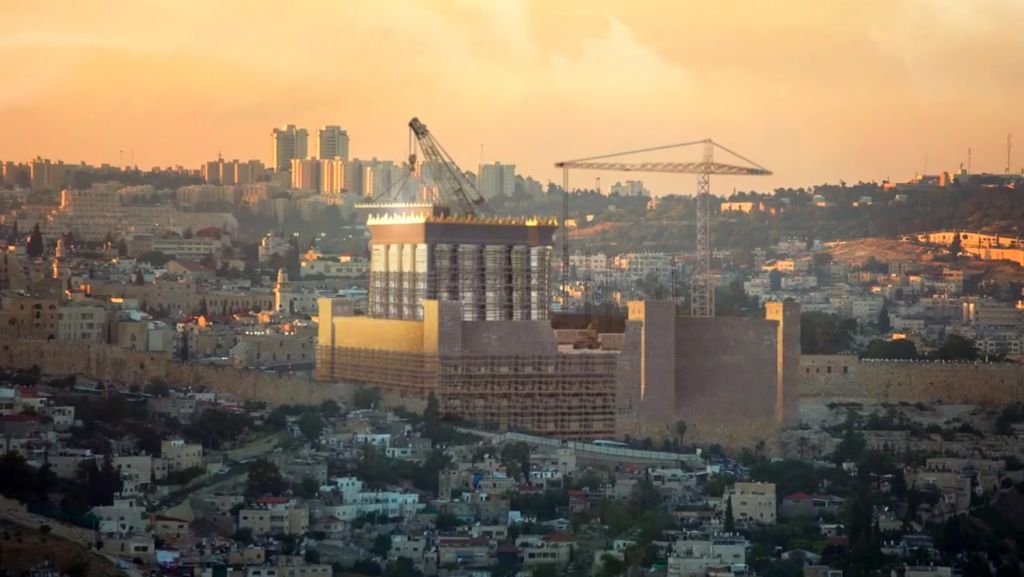Golden Menorah
One of the most impressive vessels re-created so far is the Golden Menorah. Featuring prominently just outside the Temple Institute – it proudly faces the Temple Mount where it is hoped that it will one day stand.
The Menorah is enclosed in a special glass encasement, which is just as well as it is valued at approximately 3 million dollars! It weighs half a ton and contains 45kg of 24 karat gold.
To give you an idea of the level of research involved in recreating the vessels, let me quote from what the Temple Institute writes about the process involved just to recreate the Menorah:
“After more than ten years of research and investigation, including an exhaustive study of the halachot concerning the design and construction of the menorah, referencing all the extant sources beginning with the Torah description itself, and including all rabbinical commentary, both halachic, midrashic and aggadic, up to and including contemporary texts; examining archaeological and historical evidence, including extra-rabbinic references and descriptions, (ie. Josephus Flavius); consulting metallurgical experts, goldsmiths, metal workers and electroplating experts, the Temple Institute produced a golden menorah halachically fit and ready for use in the Holy Temple….”
If you multiply this level of research by the more than 60 vessels that have been recreated for the Temple so far, then you will begin to understand the enormity of the task undertaken by the Temple Institute.
Priests for the Service
While the vessels for the Temple are essential, no biblical Temple would be complete without a dedicated, trained and ritually pure priesthood.
Numbers 16:40 makes it very clear that ‘no outsider, who is not a descendant of Aaron, should come near to offer incense before the Lord’. But how, after 1900 years of exile can one find priests of Aaron’s lineage to serve in the temple?
During the long exile of the Jewish people, Levites and Kohanim (descendants of Aaron) have sought to avoid intermarriage and attempted to maintain comprehensive genealogical records. The prominent Levitical Horowitz family for example have a detailed and well documented genealogy going back 1000 years, and claim a further lineage all the way back to Samuel the prophet.
But how can one be sure who are true descendants of Aaron after all these years? Modern DNA technology has proven very useful in assisting the search, and extensive studies are being done into both Levitical and Priestly lineage markers. In 1997, a breakthrough in genetic research uncovered a marker present in 98.5% of those who claim high priestly descent. Amazingly, this marker is present in individuals from both Ashkenazi (northern European) and Sephardic (Spanish / North African) Jewish family lines which have been separated by geographically for close to 1000 years. The genetic trail from father to son points back to one individual who lived 3300 years ago. This individual must have been part of the priestly class, and the genetic researchers actually suggest it could well have been Aaron the High priest himself.
Against all odds, God has preserved the Jewish people during 1900 years of often traumatic exile, and they have survived horrific waves of persecution and death during the crusades, Islamic wars, religious pogroms in Russia and ultimately the holocaust. Amazingly, this DNA research appears to show that God has in addition maintained the clear unbroken lineage of a single high priestly line throughout these centuries and millennia of persecution. Could it be that against insurmountable odds, God ensured this lineage would be kept so that a true descendant of Aaron could one day serve in the re-built Temple?
Not only are priests of the correct lineage required, but they must also be trained in the extensive rituals required in the Temple. In response, the Temple Institute has started a training school for eligible Levites and Kohanim. As of December 2017, the Institute has 50 Kohanim who are thoroughly trained in the priestly service and several of whom are qualified to be High Priest.
Appointing a High Priest
Believing that permission to sacrifice on the Temple Mount could come sooner than expected, the Sanhedrin in 2016 took the ground-breaking step to nominate a High Priest
for the first time since the temple was destroyed in AD 70!
The nominated candidate for High Priest was Rabbi Baruch Kahane, an expert on the complicated laws pertaining to the Temple Service.
Searching for a Red Cow
One essential requirement is missing which could jeopardize the entire Third Temple project. It is the ashes of a ‘red heifer’.
These ashes are Biblically mandated for purification in a range of situations including contact with dead bodies (Num 19). With all the bloodshed on the Temple Mount down through the centuries, the Mount itself must be cleansed before the Temple can be built.
The problem is that a pure red heifer is very rare as almost all cattle have some imperfections in their colouring. In 1996 a red heifer called ‘Melody’ was born. This cow was welcomed by Temple activists and generated quite an international media sensation. The Israeli left-wing media were less amused however, warning that the cow should be seen as a ‘four legged bomb’, potentially setting the whole region on fire. The story ended when Melody grew several white hairs at the tip of her tail and was pronounced unclean by Israeli rabbis.
After several other potential finds in recent years were likewise pronounced unclean, the Temple Institute has taken matters into its own hands. In 2015 it launched a project with an experienced cattle rancher to use the powers of modern science to breed cows that meet the requirements.
It would seem that it is only a matter of time before this missing puzzle piece falls into place.
Truly these developments show that the prophetic clock is ticking, and that we are getting closer to the Lord’s return. May that glorious day come soon!
Want to learn more? Get the book!


Enoch Lavender was born in Australia, raised in Norway, spent time living in China and is now based in Melbourne, Australia. He has been studying Hebrew and the Jewish roots of our faith for the past decade, and has a keen interest in the Middle East from a Bible prophecy perspective.



